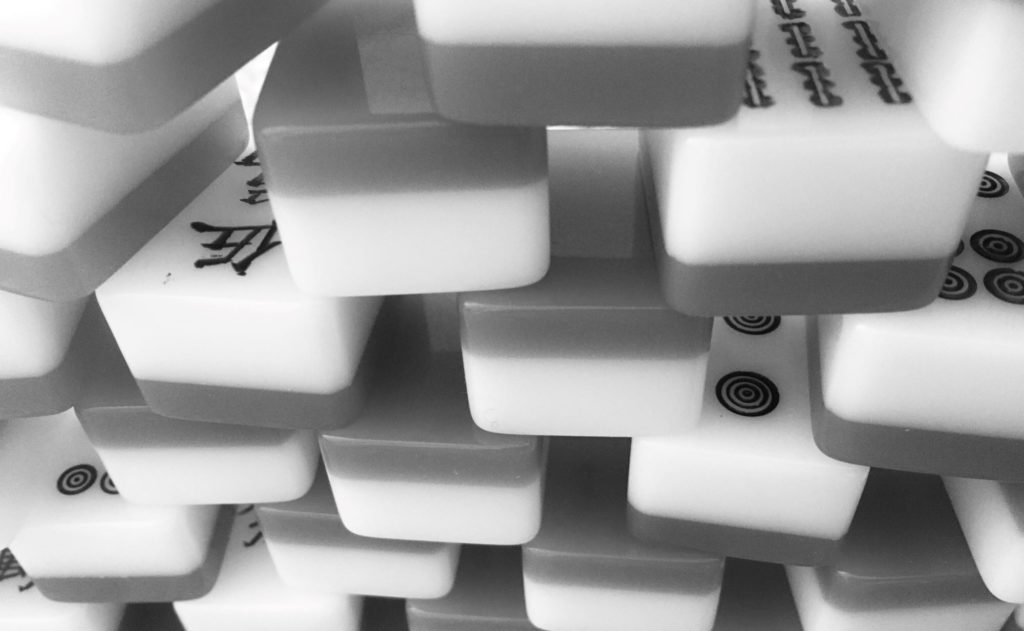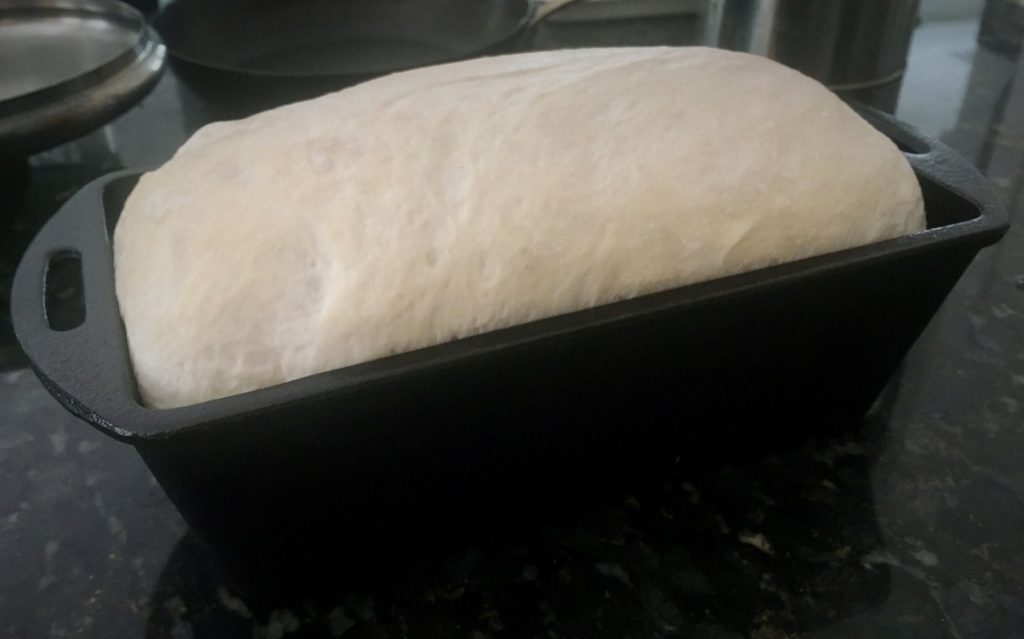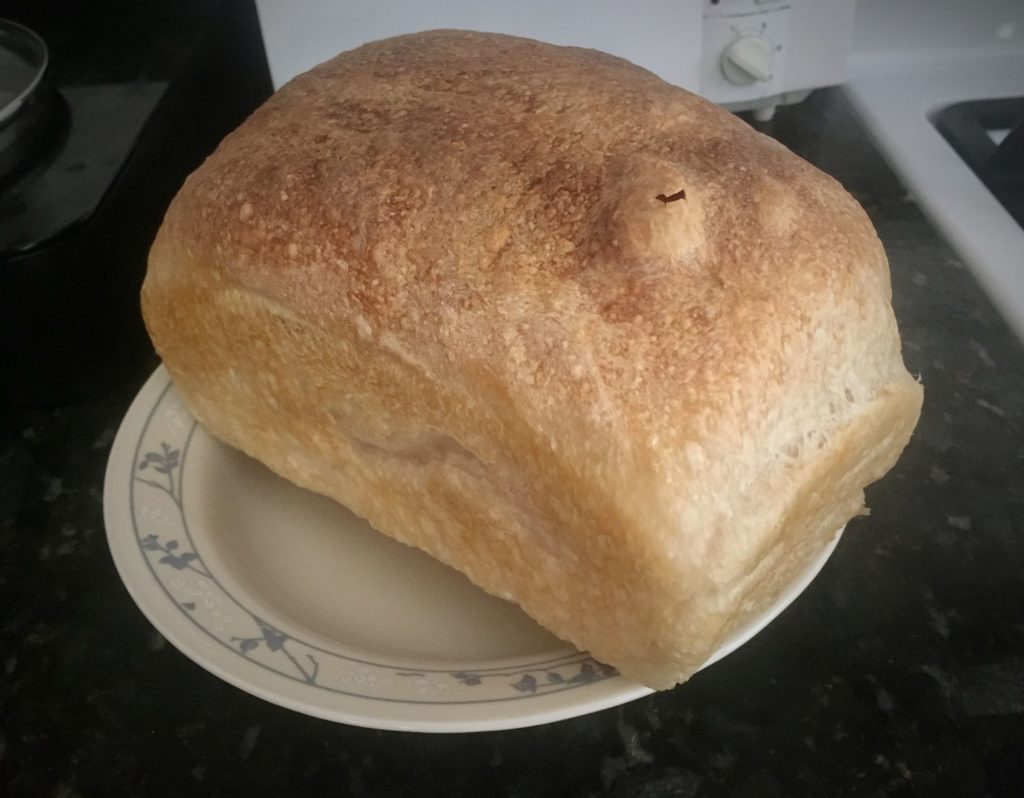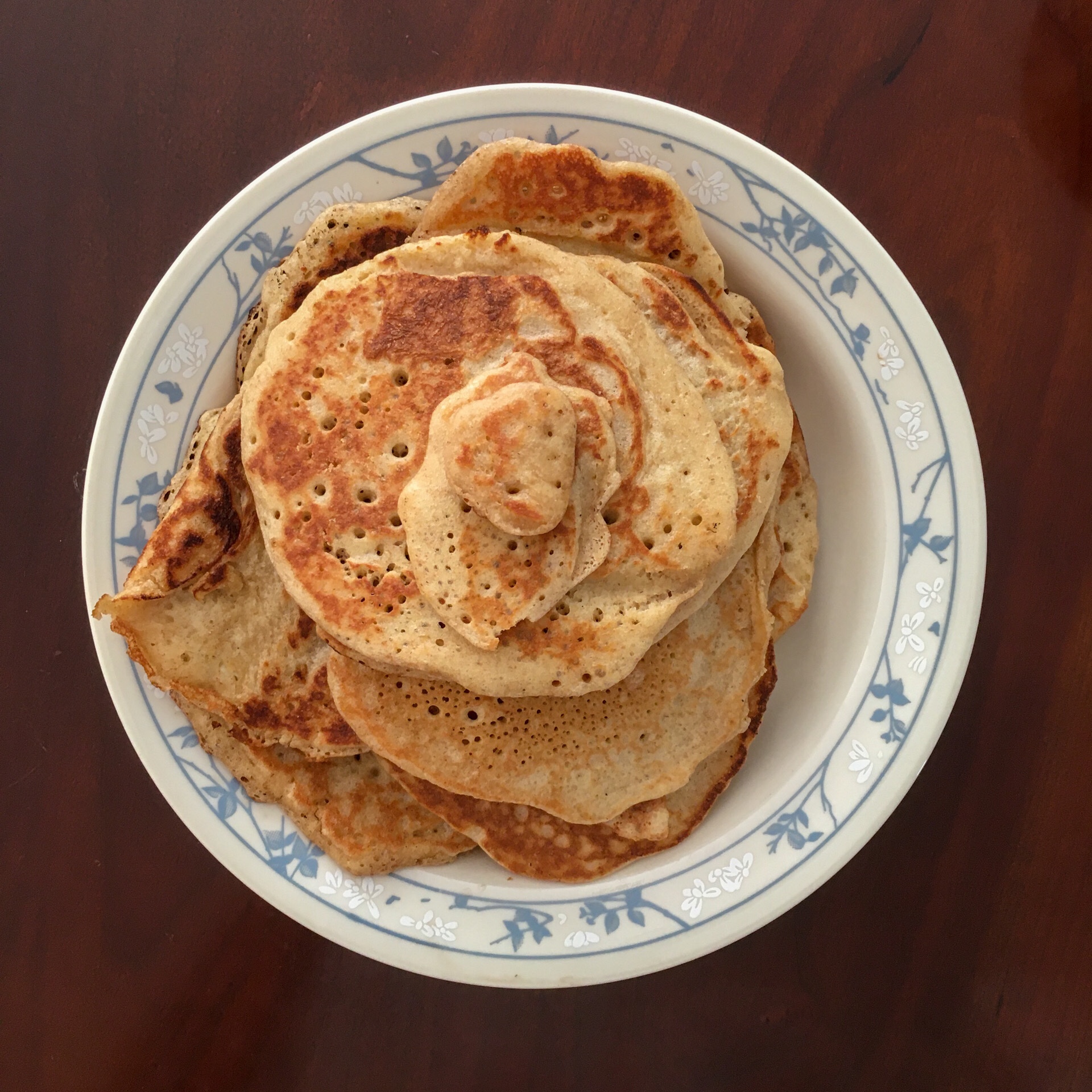My bread is constantly evolving from one recipe to another, but my pancakes have remained consistent. The recipe hasn’t changed much from I posted it three years ago.
±240g (1 cup) starter
2017
1 egg
1 tablespoon sugar
2 tablespoons olive oil
1/4 teaspoon salt
1/8 teaspoon baking soda or baking powder, whatever you got.
Nowadays, I throw in two eggs, add a second tablespoon of sugar, and use less the salt. But really, it’s basically the same recipe from 2017. Pancakes have always been a loose recipe to use up old sourdough starter that would otherwise be discarded.
This weekend, I made the ultimate step in the recipe. Try to see what’s missing.
±240g (1 cup) starter
2021
2 eggs (seperate the yolks and whites)
2 tablespoons sugar
2 tablespoons olive oil
1/4 teaspoon salt
Yup, we’ve gotten rid of the baking soda!
The girl wanted to have pancakes on Saturday morning, but I didn’t have sourdough starter to cook with. When I make non-sourdough pancakes, I usually add extra baking soda to push the good rise.
However, my wife hates the chemical flavor from baking soda, so I googled “pancakes without baking soda”. The top hit worked out perfectly. The short process:
- Separate the egg whites and yolks.
- Thoroughly mix all the the ingredients (including yolks) except for the egg whites.
- Beat the egg whites till you have stiff peaks.
- Gently fold in the egg whites into the batter.
- Cook on medium-low heat.
The pancakes went over so well, I prepared sourdough starter for pancakes on Sunday morning as well! Saturday’s non-sourdough pancakes tasted just like cake, while Sunday’s sourdough pancakes had a little tang. Both came out great!
In making pancakes two days in a row, we were also honed in on the perfect cooking temperature (just a hair above dead center between medium and low).
It’s slightly more hassle to beat the eggs, but the effort is worth it to avoid the baking soda. I’m curious if there are any more changes to be made.
Then again, maybe I’ve landed upon the final recipe.





